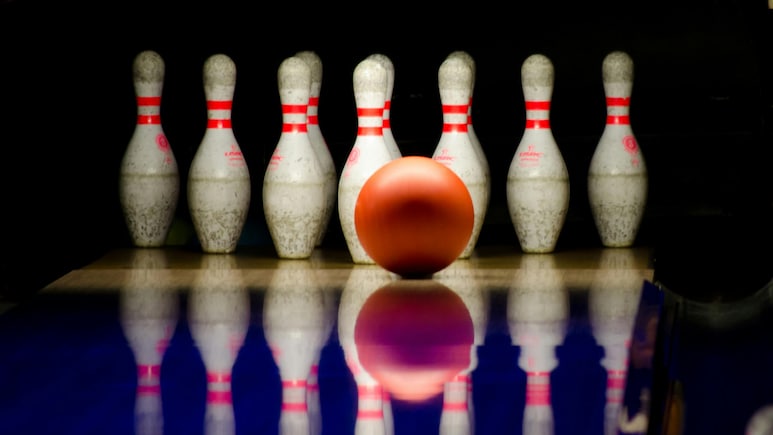The model pinpoints the exact spot from where a player needs to aim the bowling ball to score a perfect strike.
Based on the work of 18th-century mathematician Leonhard Euler and a set of complex equations, scientists have finally figured out the secret to throwing perfect strikes in tenpin bowling. The study titled, Using Physics Simulations to Find Targeting Strategies in Competitive Tenpin Bowling, published in the journal AIP Advances, discusses a new physics-based model that can predict the precise conditions required to knock down all 10 pins in a single throw.
The model, developed by researchers from Princeton, MIT, the University of New Mexico, Loughborough University and Swarthmore College, pinpoints the exact spot from where a player needs to aim the bowling ball.
Notably, a perfect strike is recorded when all ten pins are toppled on the first shot, which is marked with an “X” on the scoresheet.
The researchers concluded that the optimal place for a bowler who releases the ball at 17.9 mph (28.8 kmph) with 416 revolutions per minute with 45 degrees of axis rotation is to release the ball on the 28th board from the left at an angle of 1.8 degrees to the right of centre.
Bowling regulations state that a competition-standard lane should be made up of 39 narrow wooden boards across its 41.5-inch (105.4cm) width.
“The position of the ball as it hits the pins is important. If the ball travels through the pins without much deflection, and the position of the ball towards the last row of pins is close to the centre of the lane, then the target area around the head pin increases significantly,” said Dr Curtis Hooper, one of the authors of the paper.
Source: NDTV

